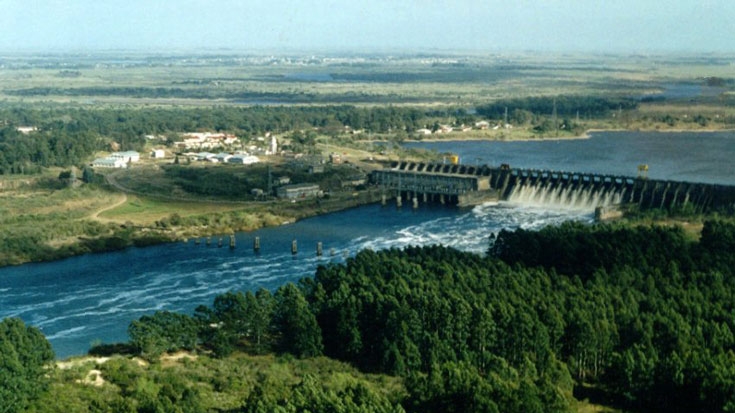The history of humanity is full of attempts to control rain: rituals, collective prayers and even pseudo-scientific experiments to make the clouds produce water. Recently, Uruguay took the innovative step of adopting a mechanism to effectively control rain or rather, the lack of it: climate insurance.
The policy insures against the frequent lack of rain, which in 2008 triggered one of the worst droughts in history, causing US$ 900 million in crop losses and negative consequences for the population. Not only did the crops suffer; the generation of electric power was also threatened by increasingly low reservoir levels.
Climate insurance for US$450 million protects the Uruguayan electric power company, Administración Nacional de Usinas y Transmisiones Eléctricas (UTE) against exposure to droughts and high oil prices. More than 80% of the country’s electric power is hydraulic, so when water levels drop, the company is forced to generate electricity using thermal methods, which consume fossil fuels.
The coverage compensates for financial losses originating from insufficient rain, which affects the reservoirs UTE uses to generate electric power. In the event of a drought, the company must purchase oil at high prices on international markets.
In 2012, the company was forced to import oil to cover demand for electricity, at a record cost of US$1.4 billion, 46% more than original estimates. This led the company to request stabilization funds from the government, and also to pass on some of the cost to consumers.

